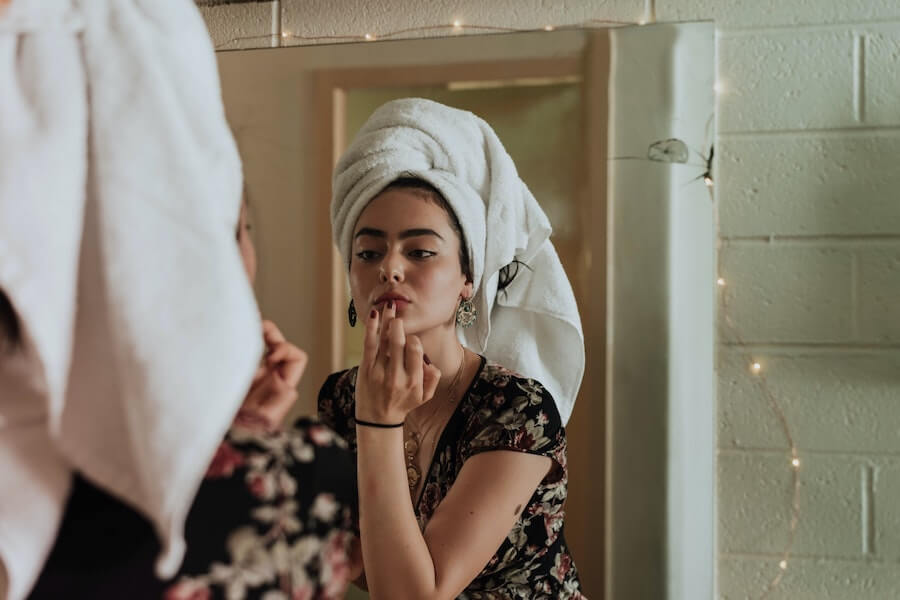
The Beauty Industry Before, During, and After the COVID-19 Pandemic
Among the many other industries impacted by COVID-19, the beauty industry has seen a difference in consumer purchase patterns. Before the pandemic, many people turned to facials, massages, and trips to the hair salon to improve their beauty concerns. Closures, regulations, and changes in routines have all impacted the types of beauty products people choose to spend money on. Despite the sudden change in product preferences and priorities, the beauty industry remains strong.
How COVID-19 has impacted the beauty industry
With salon closures (Hello, roots!), maskne, and up-close and personal Zoom calls, the COVID-19 pandemic has made a significant impact on which beauty products consumers are buying. According to Vogue Business, the pandemic has caused consumers to gravitate toward products that mimic the salon experience at home. Skin blemishes caused by face masks, otherwise known as maskne, have become a popular topic of conversation. Skincare brand Peach & Lily reports that one of their products that is said to help breakouts caused by face masks has experienced a 30 percent increase in sales since March. Theresa Yee, Senior Beauty Editor at the global trend forecasting company WGSN, believes that another reason for the rise in skincare products is due to the increase in Zoom calls that highlight skin imperfections.
What consumers are buying during the pandemic
What exactly are consumers buying as a result? When it comes to hair care, people are looking for products that will give them a salon-level experience at home. Blonde-enhancing purple shampoo is one product whose popularity is soaring. Research by Spate, a machine intelligence platform that identifies consumer needs, shows that online searches for purple shampoo and conditioner have grown by roughly 40 percent. Some consumers have been using natural shampoos and conditioners since the pandemic began which could be because of its ability to make hair healthier and appear fuller. Whether due to stress, maskne, or hesitation to get facials, research has also shown that people are adding steps to their skincare routines. Another study by Spate reports that, during the pandemic, online searches for vitamin C, hyaluronic acid, and retinol serums have increased by 20 to 40 percent. From skincare routines to makeup looks, natural beauty seems to be making a comeback as a result of the pandemic, according to Refinery29.
The future of the beauty industry
As the pandemic continues, it is likely that trends within the beauty industry will remain similar. With people still hesitant to shop in person, Yieldify predicts an increase in subscription services and artificial intelligence used by beauty retailers to enhance the online purchasing experience. Brands will have to adapt to the needs of consumers to remain relevant to their audience. Though the beauty industry has remained strong during the pandemic, Common Thread Collective believes it will only get stronger, predicting sales to exceed $716 billion by 2025.

